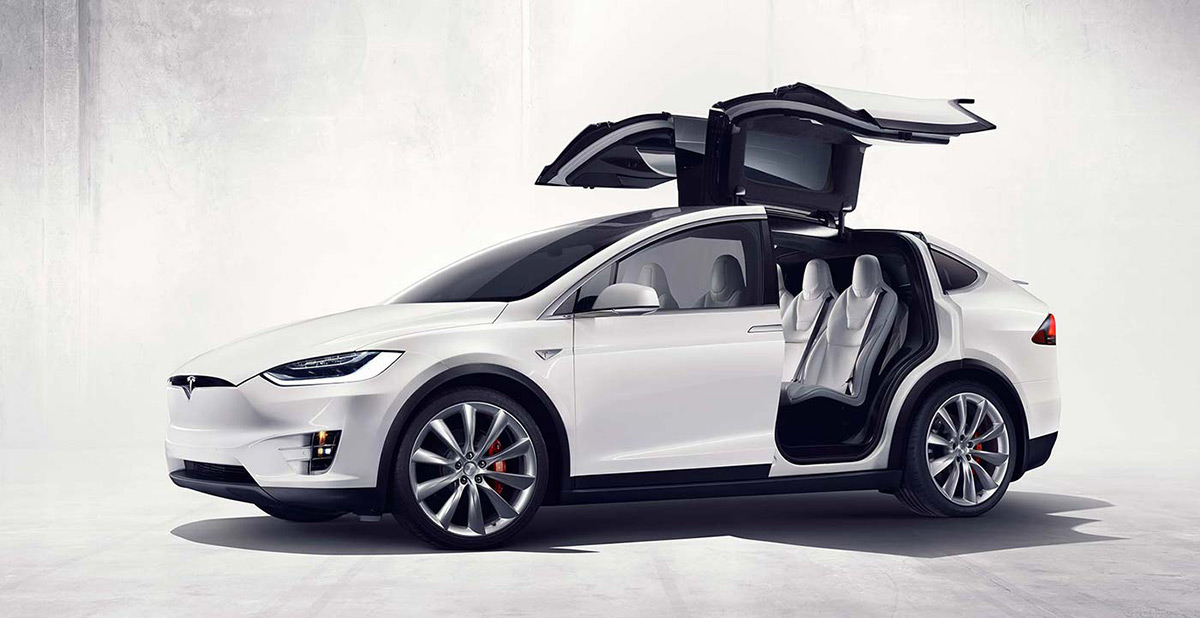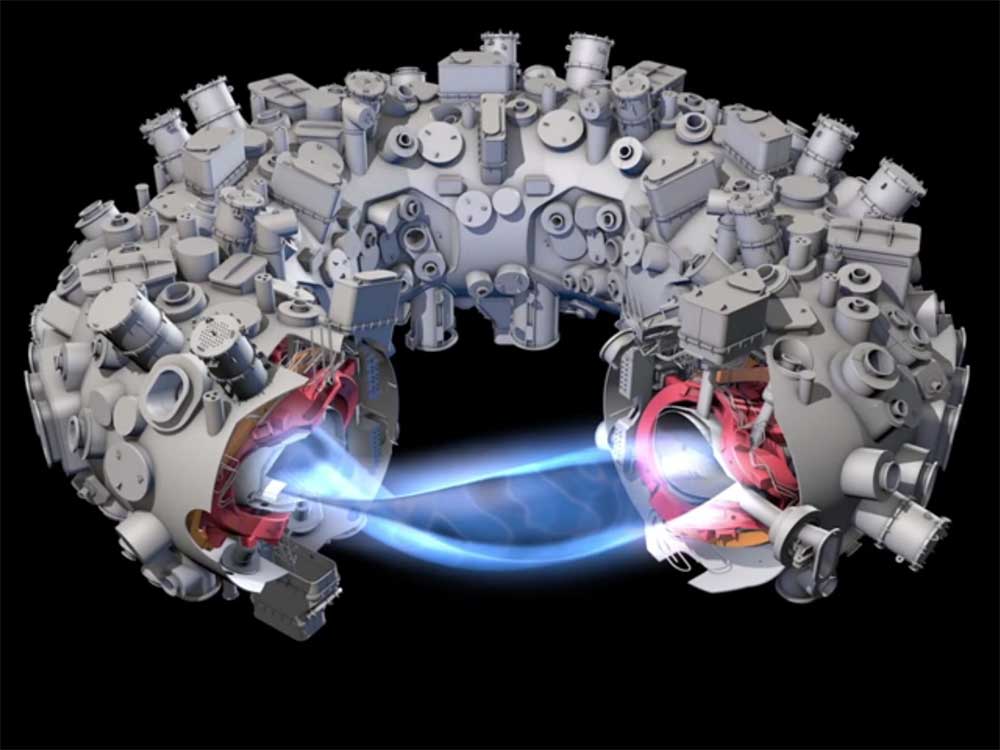Translating the 2014-2016 oil crash
- Tom Armstrong
- January 26, 2016
- 5,474 views

Why the crash and impending transformation of the energy industry creates new opportunities for global translation demand.
Drastic transformations do not usually happen overnight, but rather from gradual and incremental changes over prolonged periods of time. Such is the case with crude oil and the sustained price decline we have witnessed over the last two years.
Back in June 2014, after a lengthy period of appreciation where oil peaked at $115/barrel, the price of oil began a slow and steady 3.5 month decline. The global market’s reaction was that the decline had been caused by a couple obvious reasons: growth in the U.S. shale production, which dumped surplus oil on the market, and faltering demand from Europe and China due to slower economic growth. However, the tipping point of a more significant drop came on October 1, 2014 when Saudi Arabia cut prices for its biggest customers, and crude oil tumbled by 5% in price, settling in at around $80 a barrel.
New theories immediately began circulating that the price decline over the last four months was in fact due to collusion between the United States and Saudi Arabia to punish Russia for its annexation of Crimea and its role in the Syrian crisis. With its earlier sanctions failing to inflict significant punishment on Russia, Washington supposedly was deliberately driving down crude oil prices to wage an economic war on Russia – an economy known to be dependent on high crude oil prices.
Fast forward to the spring of 2015 and world oil prices continued their steady decline. Low oil prices were now taking a severe toll on U.S. shale producers, rendering the “Russia punishment” theory moot. According to popular analysis, the U.S. shale industry needed oil at $80 a barrel to be economically sustainable. Compared to conventional oil exactions, shale oil production requires advanced engineering technology, such as fracking and horizontal drilling, that drives up extraction costs. So, new theories began to point the finger at Saudi Arabia and other OPEC members for intentionally driving down global oil prices to defend their market share and to eventually drive U.S. shale producers out of business. This theory figures that since Saudi Arabia and other Middle East oil producers could extract oil significantly cheaper than their U.S. shale counterparts, OPEC members could still make a profit even at $30 a barrel.
With the Iran nuclear deal reached in late 2015, which allowed Iranian oil to flood the market, coupled with the worsening economic conditions in China, the global oil market continued to decline at the start of 2016 now reaching sub $30/barrel price levels. While the arguments above fit at the times they were proposed, they invariably missed the true underlying forces impacting the oil market. Most of the earlier theories were knee-jerk reactions that ignored the more long term economics of oil and the significant impact that “new and alternative” energy options were having on the world.
The old cassette tape analogy

People growing up in the 1980s are all familiar with the then-ubiquitous cassette tapes. At the time, they were an engineering innovation that drastically improved people’s ability to listen to music, books on tape, and even make their own recordings. Cassette tapes were an essential part of peoples’ everyday lives, and so it was nearly unimaginable that only a decade later, they would die out and be replaced with a flat plastic disc called Compact Disc and CD-ROM. After all, people were fascinated even by the mechanics of the cassette tape, with its multitude of moving parts all engineered to amazing industrial precision, while a player pulled the long strip of magnetic tape through the recorder head and miraculously converted whatever was stored on the tape into music. Jumping to the 21st century, now the short-lived lifespan of the CD itself is almost up, its function replaced by iPods, smartphones, and online streaming music platforms. The sophisticated engineering of the cassette tape and CD was deemed unnecessary and powerless when compared to the compressed simplicity of mp3 and other audio files.
What happened to the cassette tape is happening to the combustion engines that power the majority of the automobiles on the road today. The end of the combustion engine began with the decline of the carburetor, a tube-like mechanical device inside every gas engine. The carburetor’s job is to take in exactly the right amount of air and mix it with a fine spray of liquid fuel in order for the fuel to burn properly depending on different driving conditions.
Carburetors have been around since the late 19th century and were first invented by Mercedes founder Karl Benz. However, an electronically controlled system called fuel injection began to appear in high-end car models in the 1980s. Fuel injection was capable of regulating the fuel-air mixture perfectly every single time. At the time, automotive analysts forecasted that only the most expensive models would be able to afford fuel injection and most cars would always use the carburetor. That prediction was soon proved wrong by the mid-1990s, at which time carburetors had been completed supplanted by fuel injection systems in every automobile. The disappearance of the previously ubiquitous carburetor was an omen for the internal combustion engine itself…
The battery revolution
With the new millennium came a Silicon Valley entrepreneur named Elon Musk who wanted to prove that the age of electric cars powered by batteries were inherently better than gasoline-powered cars at delivering more torque and power, while generating zero emissions.
Compared to conventional gasoline powered vehicles, the electric car bypasses much of the complicated engineering components. In other words, the electric vehicle is mechanically much simpler and requires much less periodic maintenance, whereas the gasoline-powered vehicle has hundreds of moving parts, requiring a wide range of maintenance, from regular oil changes, filter replacements, periodic engine tune-ups, and exhaust system repairs, to the less frequent component replacement of parts such as: the water pump, starter, fuel pump, alternator, etc.
You are probably wondering now, ‘if the electric car is so good, why aren’t all of us switching to electric cars right away?’ The answer is that such a dramatic structural transition from gasoline to battery-powered vehicles takes time, but just like the old cassette tape that was eventually replaced by CD-ROMs and later digital music, this complete transformation of the automotive industry will happen sooner than most industry experts want you to believe.
Like most new technologies, things take time to reach their full potential. The electric car’s biggest challenge is its range per charge and how long the battery takes to charge.
Fortunately, new technologies that deliver solid value will always find a way to improve itself. What would happen if an established automaker began to manufacture electric cars? Indeed the big three automakers are already going down this path. For example, GM announced in January 2016 that they are soon introducing the first true mass-market electric car. Other established automakers are sure to follow GM, ushering in the electric automobile era.
With more companies participating, the electric car’s progress will only accelerate. Tesla CEO Elon Musk once declared 200 miles the “minimum threshold” for broad public adoption of electric cars. In fact, the latest Tesla Model X has a reported range of 250 miles or more per charge. Excitingly, more and more companies and research organizations are making discoveries of their own. In October 2015, a group of researchers at the University of Cambridge announced a breakthrough in electrochemistry, creating what is being called a ‘superbattery’ capable of packing five to ten times more energy than today’s best batteries and thus greatly extending the range of electric vehicles. What does the advancement in battery technologies mean? Very few consumers will still complain when they can drive for 1,300-3,000 miles or more on a single charge. For most drivers, this means they will only need to charge their electric cars only a few times a year.
The emissions scandal and the environment
As if the fast development in the latest battery technologies were not enough, the Volkswagen emissions scandal definitively foreshadowed the end of the combustion engine and oil-powered vehicles. In September 2015, the German car giant Volkswagen (VW) was found guilty of tampering with vehicle emissions tests mandated by the U.S. Environmental Protection Agency (EPA) under the Clean Air Act. Although most people were shocked by the news, many wondered why a reputable automaker would want to risk everything to cheat on emissions test results. As it turns out, VW had exhausted all possible options before resorting to such desperate measures to meet the stringent emission standards. In order to meet the high emissions control criteria, VW would have had to include additional equipment and design upgrades on their cars, significantly increasing manufacturing costs.
Oil powered cars have come to the end of their lifespans as governments around the world introduce more stringent emissions control standards. Countries like China and India are beginning to make moves to combat environmental damage from the record number of gas burning vehicles sold in their major cities. The combination of environmental fallouts and cleaner, better battery technologies will make oil-powered cars a thing of the past.

New exciting technologies will fundamentally change the way we think about energy. For example, in December 2015 a team of German scientists made a giant breakthrough with nuclear fusion. Other promising developments in the field of new energy include the over-unity reactionless generator that was unveiled in April 2015 in India. These new technologies all aim to provide the world with clean and safe energy source that will be able to provide pollution-free battery charges to power the electric car of the future.
The transformation of the energy industry
With all the exciting developments for new batteries and alternative ways to generate electricity, global demand for crude oil will continue to decline. Rather than the political or economic turbulence, the fact that oil may soon become less needed or even partially obsolete is the real reason why world crude oil prices will continue to decline steadily.
This potential oil demand evaporation may have explained why Saudi Arabia and other golf countries are still pumping oil at any price, an action that further depresses oil. On that same note, the U.S. Congress ended a 40-year crude oil export ban in December 2015. The export restriction was established in the 1970s to safeguard U.S. energy by conserving oil reserves to ward off future international oil shortages. However, the current rush to export oil in the face of even lower prices signifies an all-out attempt to capture any profit now before the demand for oil dries up.
On the other hand, like many transformations, the demise of high oil prices also present tremendous opportunities for today’s oil and gas companies. Those that are proactive and willing to adapt their business models will capture substantial new growth opportunities, such as: battery technology, new modes of transportation, as well as other alternative energy fields.
In a fast changing world, the ability to diversify and to take on totally new business models is the key for long term success. For example, Apple started with the Apple II desktop computer, but ended up making more money from the iPhone and online music downloads, both of which are significantly different line of businesses. Meanwhile, companies that have changed their model drastically (think of Wanda Group, which began as purely in property development but has expanded into entertainment) have managed to weather out market changes. Companies who refuse to embrace the changing times and stubbornly hold onto old business paradigms will eventually fail.
How does translation benefit from the energy transformation?
The translation industry has seen its own fair share of changes and technological innovations. For example, the invention of translation memory and machine translation has fundamentally changed the way the industry does business. The latest development in mobile translation and the “uberization” of translation services will surely unleash shockwaves throughout the industry again. However, big translation will be here to stay, and along with it comes exciting new opportunities.
One of the fortunate sides of the translation business is that translation covers a wide range of subjects and industry fields, including but not limited to: energy, finance, life sciences, manufacturing, entertainment, ecommerce, and government policy. While translation is also subject to innovation, it will never be innovated away like the combustion engine, at least not anytime soon. This is because while machine translation has made significant progress in understanding natural human languages, they will never be able to compete against human translators that can tap into cultural experiences, context, and industry specific knowledge from personal experiences. With global innovations continue to march forward in all directions, machine translation invariably falls short of its human counterpart because it takes time to train the MT engines to learn brand new concepts and terminologies. As globalization continues to gather momentum, the need for new and accurate translation methods will dramatically increase. Thus, we expect a greater role for humans complimented by the use of new, accurate, and efficient algorithms supplied by machines. Thus, the cooperative usage of machine technology by humans to create greater accuracy in the role of big translation is very promising.
Let’s go back to the transformation of the oil industry, change inevitably creates new business ventures and new product launches – all good developments for translation as they require substantial new translation efforts. For example, new product packaging, user guides, marketing collaterals and training manuals all need to be localized for global deployment. Time and again, with each new introduction of Microsoft Windows, there has always been a surge in the amount of translation and localization work generated, not just for the operating system and software, but also for all the PCs, laptops and other peripheral devices that all need to be upgraded as well. So new battery technologies, charging stations, and the many new models of electric cars from automakers will all need substantial new translation and localization support.
With the perceived lower demand for oil, billions of dollars that were invested in drilling oil wells will have to find new outlets, creating new businesses, which generate tremendous requirements for translations. In an ever more globalized world, changes in world businesses are the best catalyst for the development of the localization industry as each change brings with new products and technologies which must be localized to meet global consumer demand.












Battery manufacturing is not clean and I believe the pollution to the environment will be even worse than oil burning smogs.
So are you saying oil will become obsolete, no longer be needed anymore? That’s ludicrous because generating electricity and heat still needs oil.
Was in Hong Kong last week and had the opportunity to ride in a couple Tesla Model S. Both Uber drivers were beaming about their electric cars, bragging about the acceleration being like a Ferrari and the fuel charge being completely free. In a place like Hong Kong, gasoline tax is very high so it’s quite expensive to fill a tank even at today’s low oil price. For the electric cars, the only cost of ownership is the initial investment to buy the vehicle. After that, it’s free to drive, charging of the car is completely free. This last point was a surprise as I thought people would still pay for charging the battery. But it’s apparently free to charge at the different super charging stations in Hong Kong.